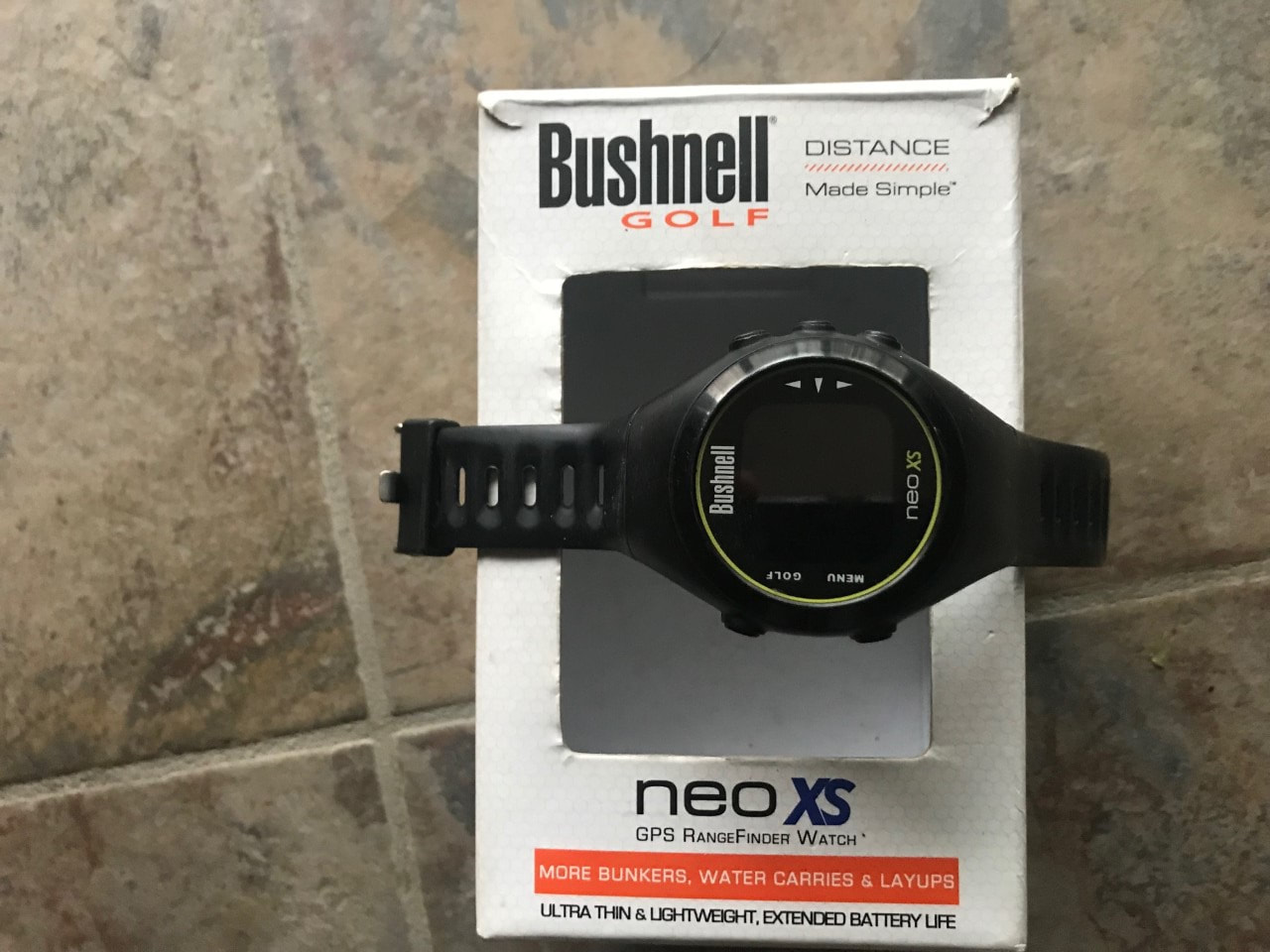
The previous three times I’d played with it, the battery died during the round. I kept thinking I hadn’t charged the battery enough to last 18 holes, but finally figured out it was on its last legs and it was time to get a new one.
Losing the golf watch advantages taught me a few things about our reliance on technology. Most of you who read my stuff regularly recognize that for the most part I’m a “late adaptor” of tech, not an “early adopter.” I use those two words on purpose. Slowly, I adapt. Those who are into technology adopt it quickly. There’s a difference.
Being old school, it was important for me to judge my yardage on my own when playing golf. You learn a lot by doing this – figuring out distances, needing to understand an elevation rise or drop, adding the wind into the mix to predict what the yardage to the pin “really” is, rather than just what the number says.
When the watch showed up (with an invite from me) to Christmas 6-7 years ago, it was welcome. I wanted it. I’d seen someone else using the watch and wanted one, knowing it would improve my game and that I could easily figure out all the buttons. It gives yardage to the pin, to the front of the green and the back of the green. It identifies the distance to hazards and what it takes to hit your ball over the hazards. That was pretty much all I needed.
Once past the first round or two with the golf watch, it embedded itself in my mindset. I looked at it before every shot. When playing with a friend, they would ask me for the distance, and I would proudly give them the EXACT distance to the pin. It was f….cking AWESOME!
I stopped judging distances. I didn’t have to. I was “told” with technology that was next to perfect.
As the watch wore out and I had to play several half-rounds without it, then finally when it dropped dead on the first hole, and I had to play an entire round without it, I realized how technology dependent I’d become. I had to judge distance again, find markers in the fairway that gave me rough estimates and then walk it off to my ball and figure out any yardage differences to reach a reasonable judgment on what club to select, how hard and far to hit the ball to reach the intended destination.
I was often slightly off by 10-20 yards. That speaks to a skill set I lost while wearing the watch, but also speaks to our judgments in anything we try to estimate, even if we have a lot of skill and experience in the activity. We can make our best decision, but it’s not always a reasonably informed one.
The watch dying made me think of a coworker who was addicted to the Waze app, which locks you into your intended destination while driving, identifying time, best routes, where police are watching, traffic slowdowns, accidents. He’s a much younger guy than me, and never tries to figure out where he’s going on his own. He left the parking lot one morning to go to a site we’d been to the previous day, and asked me as we exited, “Which way do I turn?” I couldn’t stop laughing.
Then the golf watch dies, and I fall into that technology-dependent category. My golf game suffers. I wholeheartedly believe the watch saves me 3-4 strokes for a round, which is darn helpful for those of you who are un-golf-initiated. I need a new one, but embrace my current suffering and weakened level of play. I’m sharper on the yardages, slowly redeveloping my skills. But, I’ve put it on Santa’s list for a replacement.
Hurry up, Christmas.